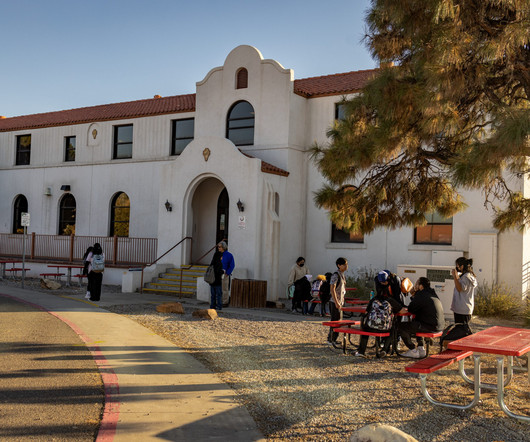School Leadership in the Common Core Era
A Principal's Reflections
OCTOBER 2, 2014
Public schools are attended by students from various cultural, linguistic, and socio-economic backgrounds, having different assessed levels of cognitive and academic ability. In our attempt to identify these youngsters, we hope to better serve them through our advocacy for a school-wide framework to support their learning needs.

































Let's personalize your content